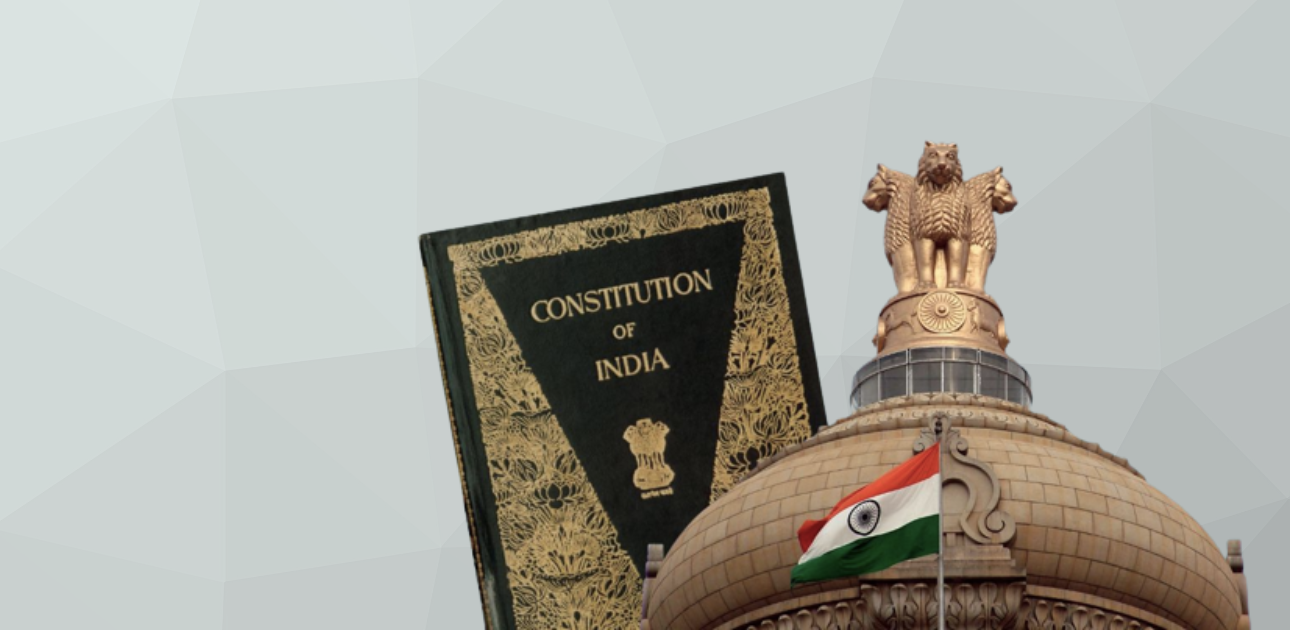During the hearings in the Article 370 matter in the Supreme Court, the Chief Justice of India asked Kapil Sibal, lead counsel for the petitioners, whether he was arguing that Article 370 added another storey to the basic structure doctrine. Later in the day, Sibal wanted to know if the foundations of the structure were secure.
—
ON August 8, while arguing In re Article 370, a casual remark by Kapil Sibal led to an interesting conversation with the Chief Justice of India (CJI) Dr D.Y. Chandrachud.
A five-judge Bench of the Supreme Court headed by the CJI is hearing a batch of petitions challenging the August 5, 2019 decision of the government which ended the autonomy guaranteed to Jammu and Kashmir under Article 370 of the Constitution.
Sibal’s arguments had led the CJI to wonder aloud whether Article 370 could be considered part of the basic structure of the Indian Constitution “or in a category of its own, over and above the basic structure”.
Sibal carefully skirted around that question, but later remarked with a smile, “One of your esteemed colleagues has said that the basic structure theory is also doubtful”.
Sibal was referring to remarks by Rajya Sabha member and former CJI Ranjan Gogoi, who had made comments to that effect in the Parliament a day earlier.
To this remark by Sibal, the CJI replied in the same light-hearted tone, “Mr Sibal, when you refer to a ‘colleague’, you have to refer to a sitting colleague. Once we cease to be judges, whatever we say, they are just opinions and not binding.”
Objecting to Sibal’s reference about Gogoi, Solicitor General of India Tushar Mehta stated, “Everyone has freedom of speech and expression”.
Mehta also asserted that since the Parliament does not discuss the happenings in the court, the court should also refrain from discussing what is stated in the Parliament.
Gogoi’s remarks
Gogoi was recommended for nomination as a member of Rajya Sabha by the ruling Bharatiya Janata Party in March 2020, four months after his retirement from the Supreme Court.
During his maiden speech in Rajya Sabha, on August 7, Gogoi remarked that the basic structure doctrine has a “debatable jurisprudential basis”.
Gogoi extended his support to the passing of the Government of National Capital Territory of Delhi (Amendment) Bill, 2023, which dilutes the ruling of the five-judge Bench of the Supreme Court that the Delhi government, not the lieutenant governor, controls the national capital’s bureaucracy.
‘Basics’ under attack
In January 2023, while attending the All India Presiding Officers conference in Jaipur, Vice President Jagdeep Dhankar questioned the validity of the basic structure doctrine.
Dhankar stated that the doctrine “compromises parliamentary sovereignty”.
During the conference, Dhankar also criticised the striking down of the National Judicial Appointments Commission Act (NJAC), 2014 for being unconstitutional and in violation of the basic structure of the Constitution.
The NJAC provided a procedure for recommending appointments of judges and replaced the collegium system of the Supreme Court.
The doctrine
A landmark ruling by a 13-judge Bench of the Supreme Court in the case of Kesavanada Bharati versus State of Kerala (1973) laid down the ‘basic structure doctrine’.
The judgment notes that the doctrine was devised after considering the historical background, the entire scheme of the Constitution and its relevant provisions, particularly Article 368 (power of the Parliament to amend the Constitution and procedure thereof) of the Constitution.
According to the doctrine, amendments by Parliament cannot alter or destroy certain basic features of the Constitution.
The broad elements that have been identified as basic supremacy of the Constitution; republican and democratic form of government and sovereignty of the country; secular and federal character; demarcation of power between the legislature, the executive and the judiciary; the dignity of the individual (secured by the various freedoms and basic rights in Part III and the mandate to build a welfare State contained in Part IV); and unity and integrity of the nation.
After the evolution of the basic structure doctrine, courts regularly strike down provisions or amendments which they consider against certain basic and foundational principles.
Successive governments in India, particularly ones with strong parliamentary majorities, have expressed their unhappiness with the basic structure doctrine and for obvious reasons; it puts fetters on the power of the Parliament to make laws.
In recent times, the Union government has been at loggerheads with the Supreme Court over the collegium system and has been pushing for a greater say in the appointment and transfer of judges.
The criticism of basic structure doctrine is seen as one line of argument in this tussle and it remains to be seen who will blink first in this staredown.


